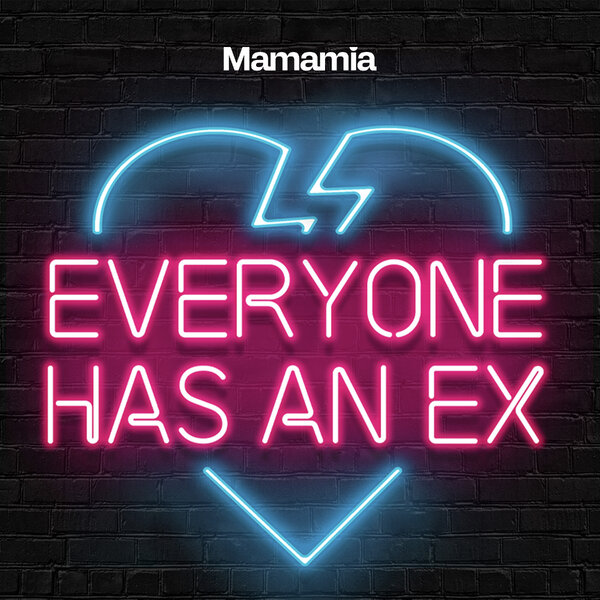In a day and age where choices are overwhelming and options are abundant, it might strike you as strange that a growing number of young people are opting to forego birth control.
But according to a 2015 study conducted by Monash University, 12.5 per cent of Australian women are now using the withdrawal method as their primary method of contraception. Similarly, a recent US study shows that 18.8 per cent of unmarried men are doing the same. And while that may not seem astronomical just yet, these numbers have almost doubled in 10 years despite both countries offering up countless affordable and easily accessible contraceptive options to men and women.
Study after study has found that the withdrawal method has only a 75 per cent success rate, and that’s when used perfectly; something that can be near impossible to know in the moments during and after sex.
So why is it that the withdrawal method, an outdated, scientifically-proven ineffective form of birth control is so on the rise? And how did we create, as feminist writer Ann Friedman refers to it, the pull-out generation?
“My GP gives me a lecture every time I see her,” 25-year-old Alice* says. “But for all the fear of God talk, I’ve been using the method with my boyfriend successfully for five years and we’ve never had any serious pregnancies scares.”































































































